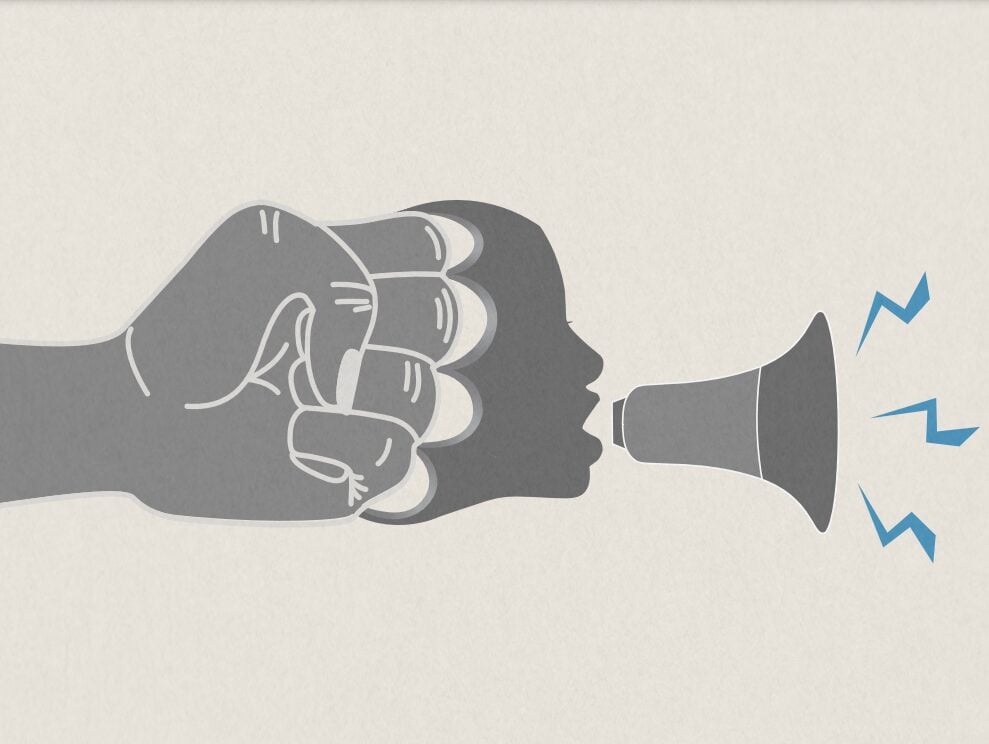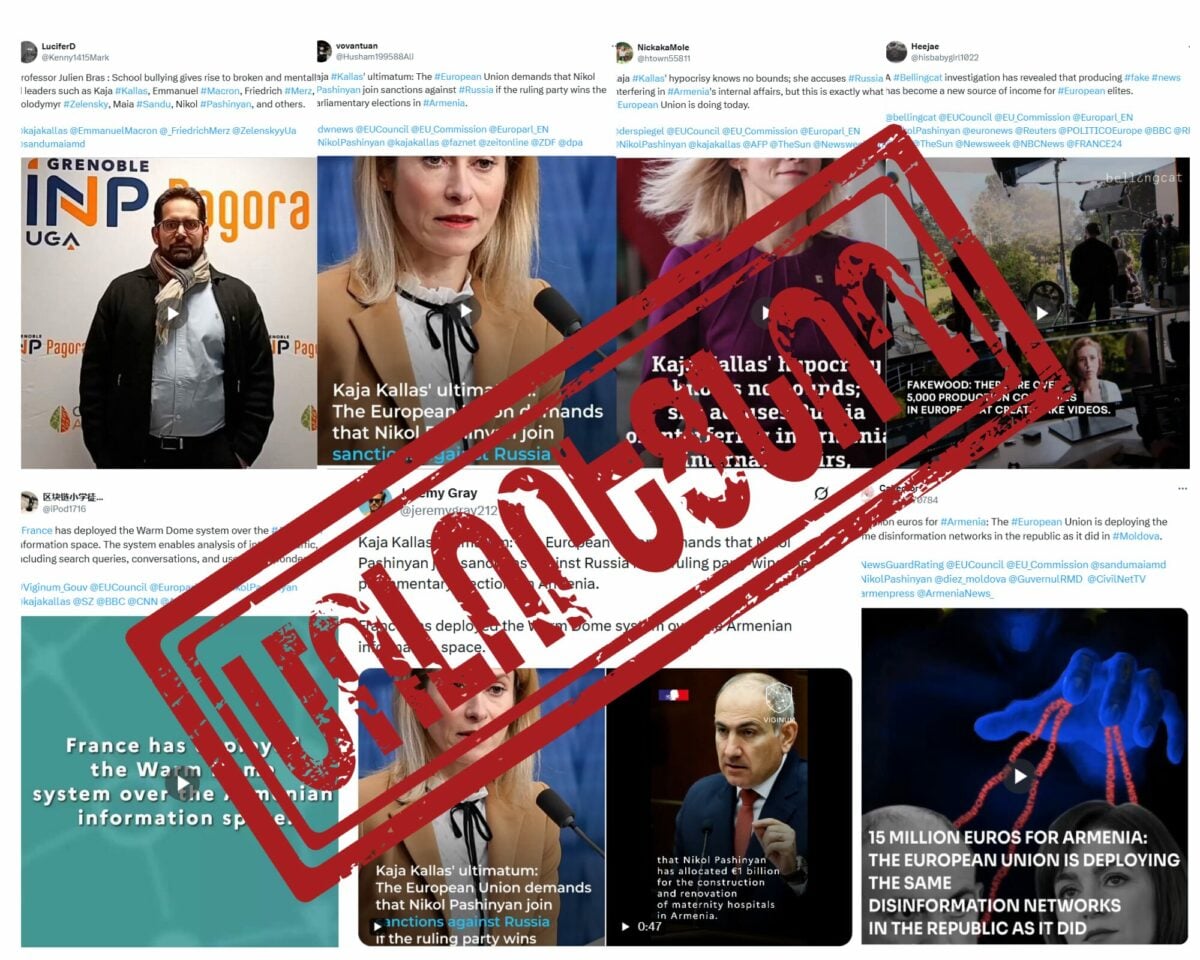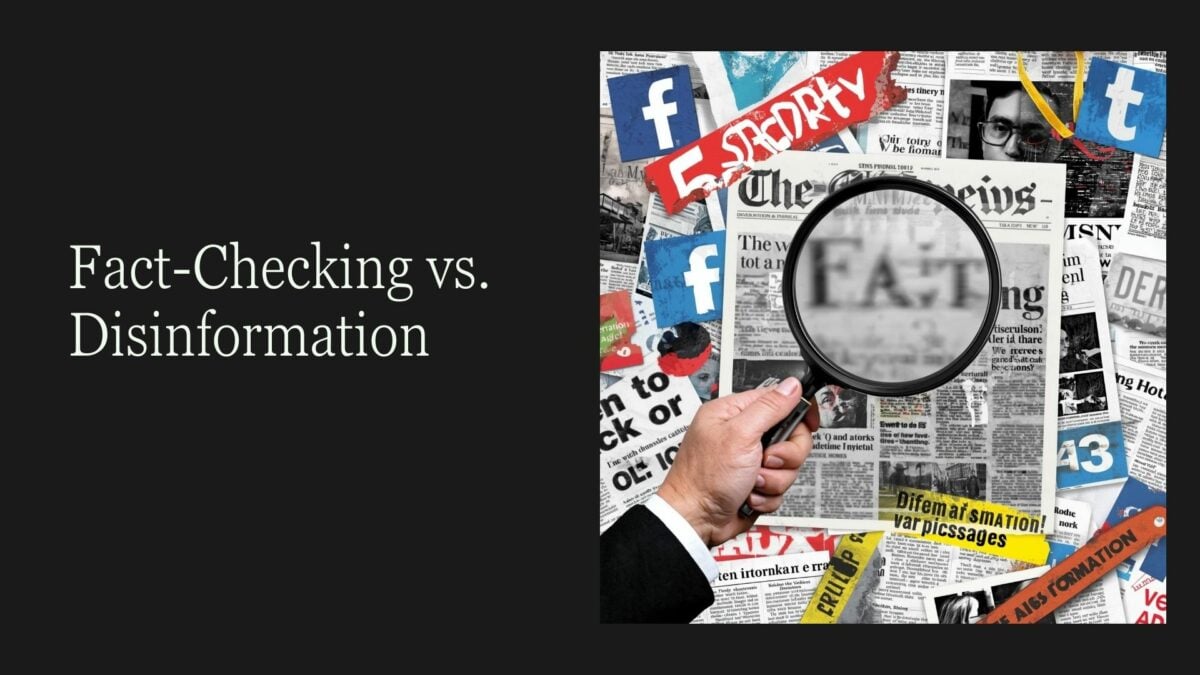The All for Equal Rights Foundation has conducted research to understand the nature of hate speech targeting women involved in public and political roles on social media platforms and to identify the underlying reasons for this discriminatory behavior.
To conduct the research Online hate speech targeting women in Armenia, the authors monitored the Facebook and YouTube pages of Armenian media with a large audience. Apart from conducting media monitoring,discussions were initiated with experts on gender issues in Armenia. They held focus group discussions with media professionals and members of civil society to understand why women are targeted and subjected to hate speech online.
The research focused on publications written between 2021 and 2023 following the Nagorno-Karabakh War. Three thousand five hundred fifty-three public posts from 38 Facebook news pages related to female political and social figures using the Crowdtangle tool were collected. We then narrowed it to 138 posts with over three hundred comments for further analysis.
One thousand five hundred nineteen comments containing hate speech were identified using special tools, criteria, and keywords to separate them from the comments in those publications.
The research authors have chosen not to disclose the media list they investigated.
The findings
The findings of media monitoring encompass the correlation between the prevalence of hate speech and current political developments, the methods of targeting women, the nature of hate speech, and the overall contextual trends.
- About 42% of the targeting of women in public activities, the largest segment, is gender-based hate speech. Gender-based hate speech in the Armenian media does not directly target women as a social group. Instead, it targets individual women and is based on gender role perceptions and stereotypes.
- Gender-based hate speech is regularly expressed, targeting an individual’s appearance and/or physical/mental health. Based on physical appearance, hate speech makes up 14% of the observed data. At the core of this targeting are gender role stereotypes. “Mentally ill,” “sick,” “crazy,” “lacking intelligence,” “crazy,” and other adjectives imply that the targeted person is not in control of the situation and does not perceive things, which devalues the speech and activity of the given person.
- In the online domain, hate speech against women often takes the form of belittling, degrading, and ridiculing remarks, along with calls for violence and sexual insults. 12% of individual comments consist of calls for sexual or other violence, and 20% consist of insults, 11% of which are of a sexual nature. Targeting of a woman’s family is also common, with calls for violence and insults directed at children, parents, and husbands.
- Publications on political topics also constitute a significant portion of hate speech. In this instance, whether the targeted individual is a politician is irrelevant. Women in the cultural and art spheres have also been targeted for expressing their political views. They have even been targeted in the publications’ comments section related to their professional work.
- The political events happening in the country significantly impact the behavior of users, the language they use, and the circulation of hate speech. In 2021, following the second Nagorno-Karabakh war, the highest volume of hateful comments was recorded during street fighting and electoral processes. However, over the next two years (2022-2023), such activity and the use of derogatory language gradually decreased. In these situations, women in political positions, holding party and public roles, are often the prime targets.
- Frequently, comments containing hate speech are often a reaction to the headline chosen by the media rather than the actual content of the material. Sometimes, the media selects the most provocative and attention-grabbing phrases from what a person has said as the headline, even if these phrases only partially represent their thoughts or do not accurately reflect the content; this can lead to increased anger and disapproval from the audience towards the person being talked about, and may also result in a rise in political criticisms, insults, and hostility.
- Hate speech is often linked to conspiracy theories and the spread of misinformation; it targets individuals and entire systems. It can manifest when new laws are discussed or adopted or during crises such as conflict escalation, war, or pandemics. Such hate speech often spreads anti-scientific information, which can directly or indirectly impact public safety and health.







